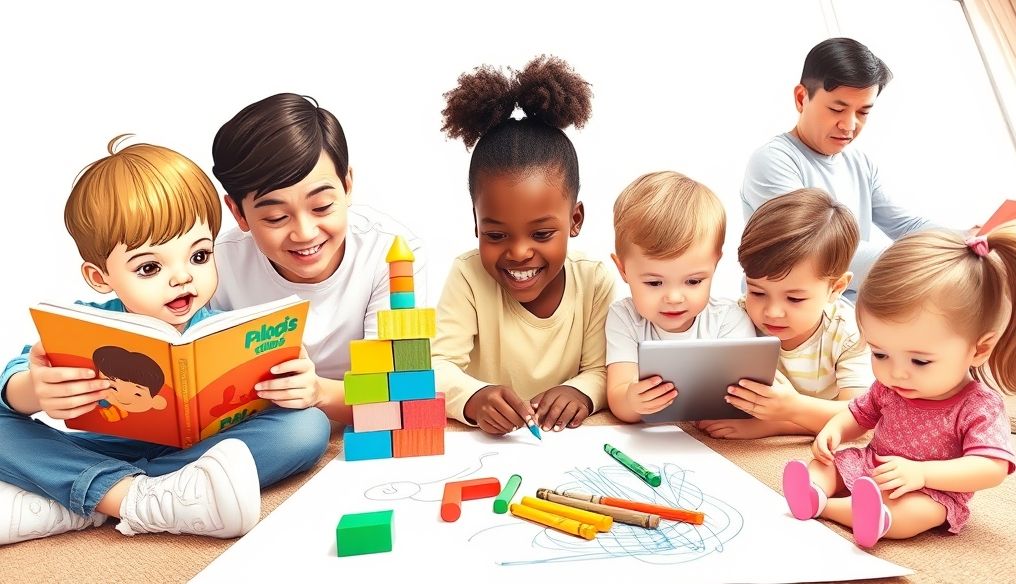What are the signs of bullying and how do you protect your child from it?
Bullying is a global phenomenon affecting children and adolescents worldwide. It can have devastating effects on the mental and emotional health of victims, affecting their self-esteem, academic performance, and even their future lives. Therefore, it is essential for parents and teachers to be aware of the signs of bullying and how to protect children from it.
Chapter 1: Understanding Bullying
What is Bullying?
Bullying is a repeated aggressive behavior intended to harm or intimidate another person. It usually involves an imbalance of power, where the bully is physically or socially stronger than the victim. Bullying can take many forms, including:
- Physical Bullying: Hitting, kicking, pushing, or any other form of physical violence.
- Verbal Bullying: Insulting, threatening, taunting, or spreading rumors.
- Social Bullying: Excluding someone from the group, spreading rumors about them, or embarrassing them in front of others.
- Cyberbullying: Using technology, such as social media or text messages, to harm or intimidate someone.
Why Do Children Bully?
There are many reasons why children bully, including:
- Feeling Powerful and in Control: Bullies may feel powerful and in control when they hurt others.
- Need for Belonging: Children may bully to try to join a group or gain approval from their peers.
- Lack of Empathy: Bullies may not understand the impact of their actions on others.
- Problems at Home: Bullies may be experiencing problems at home, such as violence or neglect.
Chapter 2: Signs of Bullying on a Child
Physical Signs
Physical signs of bullying may include:
- Unexplained bruises or injuries
- Torn or missing clothing
- Lost or damaged belongings
- Frequent headaches or stomachaches
Emotional and Behavioral Signs
Emotional and behavioral signs of bullying may include:
- Fear of going to school or participating in social activities
- Changes in mood or behavior, such as depression, anxiety, or anger
- Difficulty sleeping or nightmares
- Loss of interest in activities they used to enjoy
- Decline in academic performance
- Social isolation
- Low self-esteem
- Suicidal thoughts
Signs of Cyberbullying
Signs of cyberbullying may include:
- Increased use of the internet or electronic devices
- Withdrawal from online activities
- Being secretive or angry when asked about their online activities
- Receiving abusive or threatening messages or comments
- Changes in mood or behavior after using the internet
Chapter 3: How to Protect Your Child from Bullying
Open Communication
The most important thing you can do to protect your child from bullying is to maintain open lines of communication. Encourage your child to talk to you about anything that is bothering them, and let them know that you will support them no matter what.
Teach Your Child How to Deal with Bullying
Teach your child how to deal with bullying in safe and effective ways. These methods may include:
- Ignoring the Bully: In some cases, the best thing to do is to ignore the bully and walk away.
- Standing Up Confidently: Teach your child to stand up confidently and speak in a loud and clear voice.
- Asking for Help: Encourage your child to ask for help from a trusted adult, such as a parent or teacher.
- Not Retaliating: Teach your child not to retaliate against the bully, as this may escalate the situation.
Boost Self-Esteem
Help your child build their self-esteem by encouraging them to participate in activities they enjoy, providing support and encouragement, and focusing on their strengths.
Monitor Your Child's Online Activities
Be aware of your child's online activities, and talk to them about the dangers of cyberbullying. Teach your child how to protect their privacy online and how to report cyberbullying.
Early Intervention
If you suspect that your child is being bullied, it is important to intervene early. Talk to your child, listen to what they have to say, and take the necessary actions to protect them.
Chapter 4: The School's Role in Combating Bullying
Schools play a vital role in combating bullying. Schools should have clear anti-bullying policies, provide awareness programs for students and staff, and take the necessary actions to address bullying incidents.
Anti-Bullying Policies
Anti-bullying policies should include a clear definition of bullying, penalties for bullies, and procedures for reporting and investigating bullying.
Awareness Programs
Schools should provide awareness programs for students and staff about bullying, including how to recognize bullying, how to report it, and how to help victims.
Intervention in Bullying Incidents
Schools should take the necessary actions to address bullying incidents, including investigating the incident, punishing the bully, and providing support to the victim.
Chapter 5: The Parents' Role in Supporting the Bullied Child
If your child is a victim of bullying, it is important to provide them with the emotional support they need. Listen to your child, believe them, and tell them they are not alone. Help your child build their self-esteem, and encourage them to seek help from a trusted adult.
Listening to the Child
The most important thing you can do is listen to your child. Let your child talk about their experience, and listen to them without judgment. Believe your child, and tell them that you believe them.
Providing Emotional Support
Provide your child with the emotional support they need. Tell them they are not alone, and that you love and care about them. Help your child understand that bullying is not their fault.
Building Self-Esteem
Help your child build their self-esteem by encouraging them to participate in activities they enjoy, providing support and encouragement, and focusing on their strengths.
Seeking Professional Help
If your child is suffering from the effects of bullying, it may be necessary to seek professional help from a therapist or counselor.
Chapter 6: Dealing with the Bullying Child
If you discover that your child is bullying others, it is important to address the situation quickly and effectively. Talk to your child, and try to understand why they are bullying. Teach your child empathy, and teach them how to deal with their emotions in healthy ways.
Talking to the Child
Talk to your child about their bullying, and try to understand why they are bullying. Are they feeling jealous or frustrated? Are they being bullied themselves?
Teaching Empathy
Teach your child empathy, and teach them how to understand the feelings of others. Help your child see things from the victim's perspective.
Teaching Healthy Ways to Deal with Emotions
Teach your child how to deal with their emotions in healthy ways, such as talking to a trusted adult, exercising, or writing in a journal.
Seeking Professional Help
If your child is experiencing behavioral problems, it may be necessary to seek professional help from a therapist or counselor.
Chapter 7: Cyberbullying: Challenges and Solutions
Cyberbullying is a form of bullying that takes place online or through electronic devices. It can have devastating effects on victims, and it can be difficult to detect and prevent.
Challenges of Cyberbullying
Challenges of cyberbullying include:
- Anonymity: Cyberbullies can hide their identity, making it difficult to identify them.
- Rapid Spread: Cyberbullying can spread very quickly online, increasing the damage to the victim.
- Difficulty Removing: It can be difficult to remove abusive content from the internet.
Solutions to Combat Cyberbullying
Solutions to combat cyberbullying include:
- Awareness: Increasing awareness of cyberbullying among students, parents, and teachers.
- Parental Controls: Using parental control tools to monitor children's online activities.
- Reporting Bullying: Reporting cyberbullying to internet service providers and social media platforms.
- Psychological Support: Providing psychological support to victims of cyberbullying.
Chapter 8: Building a Safe and Supportive Environment for Children
Building a safe and supportive environment for children is the best way to prevent bullying. Parents, teachers, and the community as a whole can play a role in creating an environment where children feel safe, respected, and supported.
The Role of Parents
Parents can play an important role in building a safe and supportive environment for children by:
- Open Communication: Maintaining open lines of communication with their children.
- Leading by Example: Being a good role model for their children in how to treat others with respect.
- Support and Encouragement: Providing support and encouragement to their children.
- Early Intervention: Intervening early if they suspect that their children are being bullied or are bullying others.
The Role of Teachers
Teachers can play an important role in building a safe and supportive environment for children by:
- Creating a Positive Classroom Environment: Creating a positive classroom environment where students feel safe and respected.
- Enforcing Anti-Bullying Policies: Enforcing anti-bullying policies effectively.
- Intervening in Bullying Incidents: Intervening in bullying incidents quickly and effectively.
- Providing Support to Victims: Providing support to victims of bullying.
The Role of the Community
The community as a whole can play an important role in building a safe and supportive environment for children by:
- Raising Awareness of Bullying: Raising awareness of bullying among community members.
- Supporting Anti-Bullying Programs: Supporting anti-bullying programs in schools and communities.
- Encouraging Positive Behavior: Encouraging positive behavior among children and youth.
- Reporting Bullying: Reporting bullying to the appropriate authorities.
By working together, we can create a world where all children feel safe, respected, and supported, and a world free from bullying.




